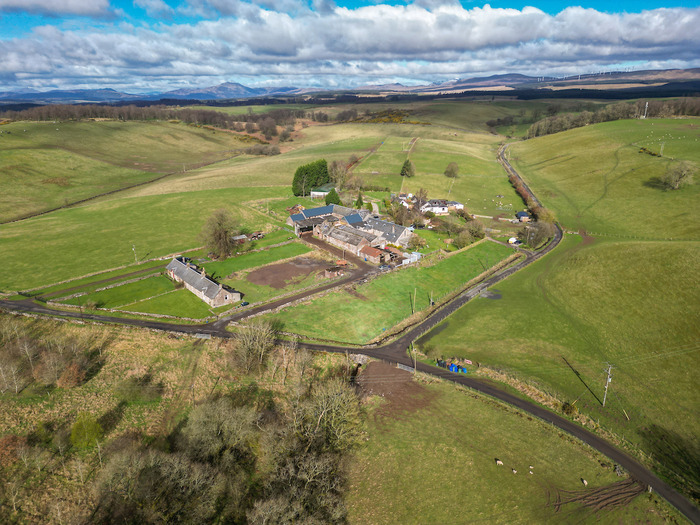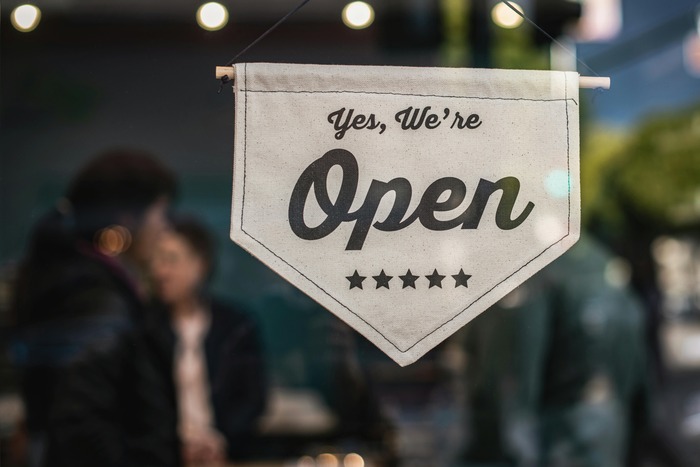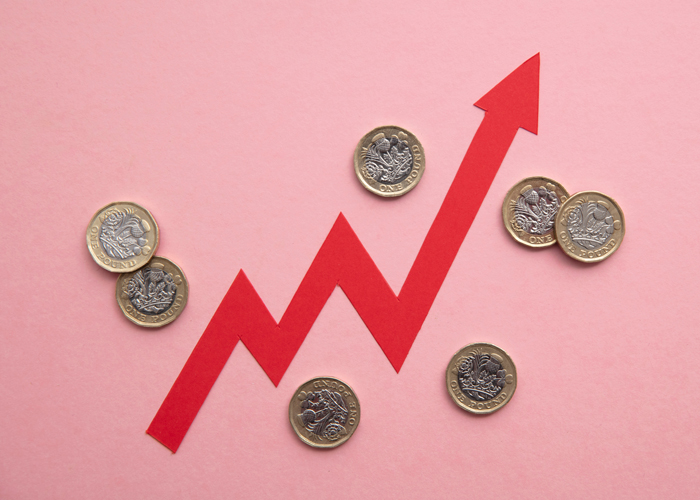THE foreign exchange market is very competitive and moves quickly, so traders need to be able to make decisions rapidly and accurately. Since the forex market is becoming more complicated, traders are always seeking new ways to improve their trading strategies and get an edge over their competitors. One of the most interesting and promising new things in FX trading is the use of artificial intelligence (AI) technology. AI could completely change the foreign exchange market by giving traders new ways to look at market data, find potentially profitable trading opportunities, and make better trading decisions.
What is this artificial intelligence that everyone keeps mentioning?
Before getting into how artificial intelligence is changing forex trading, it is vital first to grasp what it is. In its most basic form, artificial intelligence (AI) refers to computer programs that can do tasks that typically require human intelligence, such as learning, problem-solving, and decision-making. Artificial intelligence (AI) technologies include, among other things, machine learning, natural language processing, and neural networks.
The use of artificial intelligence in forex trading
In the forex trading industry, AI technology could help automate trading operations, make predictive models, and analyze a vast amount of market data. The following are some of the ways AI is influencing the forex trading industry:
Completely autonomous trading platforms
Trade robots, also known as automated trading systems, algorithmic trading systems, and trading robots, have been around for a while. Automatic systems take care of transactions by following a set of rules and algorithms that have already been programmed. This means that people don’t have to be involved. As a consequence of the application of AI technology, these systems are becoming increasingly complicated, giving traders new tools to analyze market data and make trading decisions based on that data.
Analytics that forecast the future
AI is also used to make prediction models that can look at market data from the past to find patterns and trends. AI is assisting in the development of these models. They may be used to forecast future market trends, allowing traders to make more educated trading decisions. For example, predictive analytics powered by AI may evaluate previous price data to estimate if the value of a certain currency pair is more likely to rise or fall in the future.
Analysis of emotions
Sentiment analysis is a way to figure out how the market feels by looking at social media posts and news articles. This is done with the help of artificial intelligence (AI) technology. Tools for sentiment analysis are used to look at these sources. These tools show trends and patterns that can help predict changes in the market. For example, suppose sentiment analysis algorithms notice a big jump in the number of negative news stories about a certain currency. In that case, this could mean that the value of that currency is likely to drop soon.
Recognition of patterns
AI can also be used to look at charts and find patterns that could point to trading opportunities that could be profitable. For example, AI-powered pattern recognition algorithms can see repeating patterns in price charts that show whether the value of a certain currency pair is likely to go up or down in the near future.
The study of natural languages
Natural language processing (NLP) is a branch of artificial intelligence (AI) that uses AI technologies to analyze and understand how people talk. In foreign exchange trading, natural language processing (NLP) is used to look at news articles and other sources of market data to find patterns and trends. For example, natural language processing systems can look at news articles to find phrases that might indicate changes in the market.
The benefits of using artificial intelligence in foreign exchange trading
Traders can get a lot of benefits from using AI technology in forex trading, such as:
Analysis that is both faster and more accurate
Artificial intelligence (AI) trading technologies can quickly and accurately analyze a massive amount of market data. This could give traders a complete picture of how the market is doing. When traders can access faster and more accurate research, they can make better-informed trading decisions and react more quickly to changing market conditions.
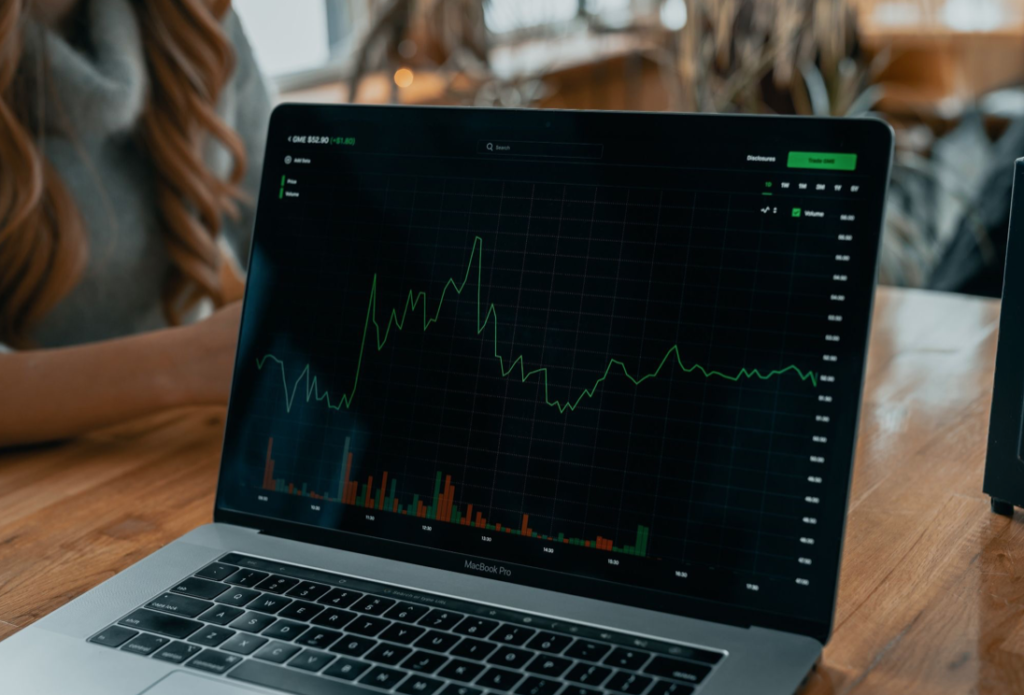
Better risk management
Also, artificial intelligence technology may help traders deal with risk better by giving them real-time risk assessments and warnings. Traders who use AI-powered risk management systems may be able to recognize potential issues and take action to address them before they become a problem.
Increased commercial activity
When trading is automated, traders may be able to do business in a more efficient way that doesn’t require human help. This could make trades happen faster and more accurately, reducing the chance of mistakes made by humans and improving trading performance overall.
Increased financial gain
Traders may also benefit from AI’s ability to help them find potentially profitable trading opportunities that they might miss with more traditional methods. Traders can use AI-powered technologies like pattern recognition and predictive analytics to see trends and patterns in market data that may point to profitable trading opportunities.
Improved decision-making capabilities
AI technologies can help traders make better trading decisions by giving them more accurate and complete information about the market. Traders can react more quickly to changes in market conditions when they have access to analysis that is both faster and more accurate, which reduces the risk that they will make costly mistakes.
Enhanced capacity to adapt
Traders may now do business at any time and from any place on the planet, owing to the automation of trade activities. Because of this flexibility, traders may be able to improve their overall trading performance by taking advantage of trading opportunities in different locations and time zones.
AI’s difficulties in foreign exchange trading
AI technologies offer forex traders many ways to make money, but they also bring a number of problems that traders must deal with.
Technical proficiency
To successfully apply AI technologies in forex trading, traders must first understand both the technology and how to use it. This takes a lot of time and money, which may be too much for some businesses to handle.
Cost
Traders may have to spend a lot of money on computer hardware, software, and data storage space in order to use AI technology. There is a chance that the cost of using these technologies will stop some merchants from moving forward.
The risks of being overly dependent
Even though AI technologies can give useful insights and analyses, relying on them too much can be dangerous. Traders must guarantee they are still making intelligent trading decisions based on their study and judgment rather than relying only on AI-driven tools.
Data accuracy
The quality of the research data has a direct effect on how accurate the AI analysis and predictions are. Traders must make sure that they are using high-quality data if they want to make good trading decisions.
Observance of regulations
As with the introduction of any new technology, the use of AI in currency trading could cause regulators to worry. By using these technologies, merchants must make sure they are following all relevant rules and regulations.
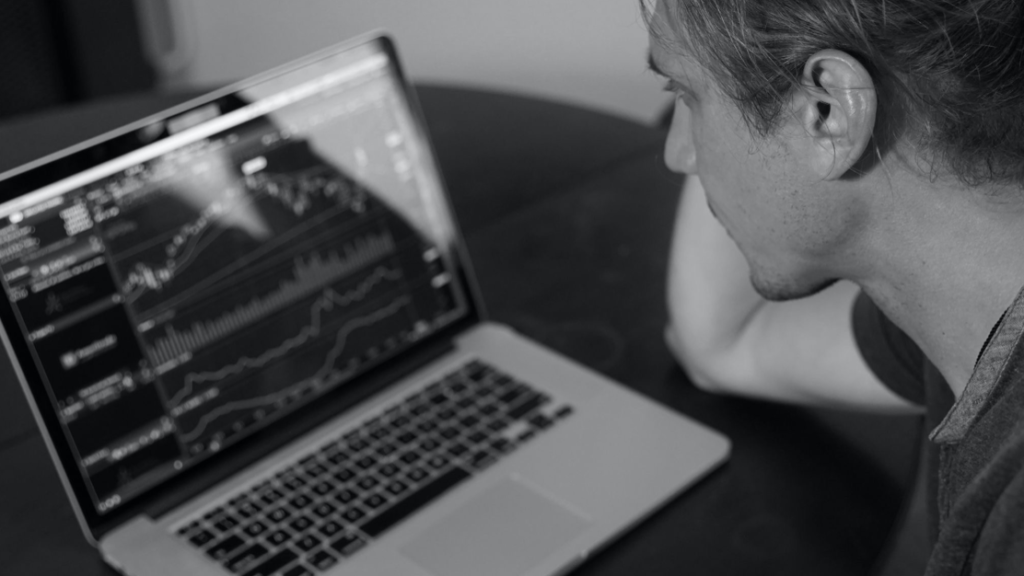
Conclusion
AI is changing the foreign exchange market by giving traders new ways to look at market data, find trading opportunities that could be profitable, and make better trading decisions. Traders may be able to improve their overall trading performance and make more money by doing analysis faster and more accurately, getting better at managing risks, and trading more efficiently. Yet, there are several drawbacks to using artificial intelligence in FX trading. The need for specific technical skills, high expenses, undue reliance, poor data quality, and failure to comply with regulatory criteria are among the obstacles. Traders must carefully analyze these issues and ensure that they are deploying AI technology in a responsible and knowledgeable way in order to maximize the benefits it provides.


